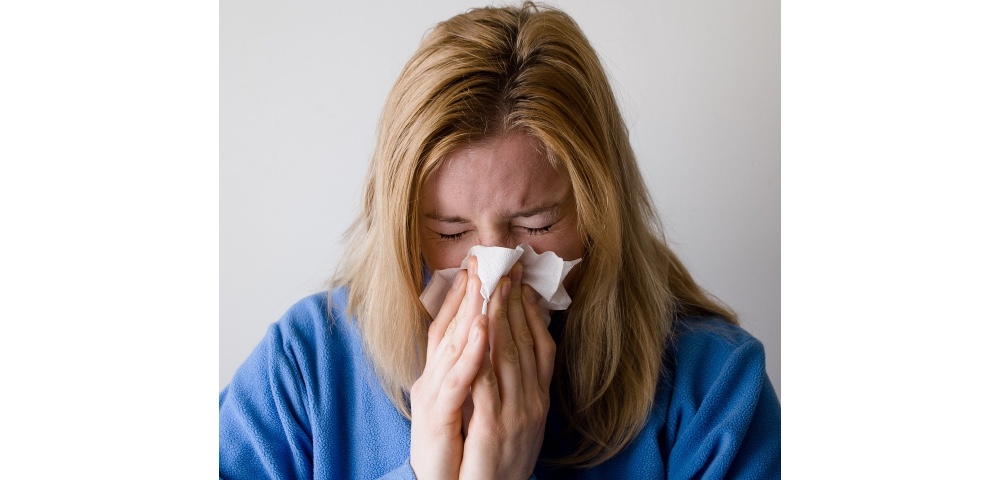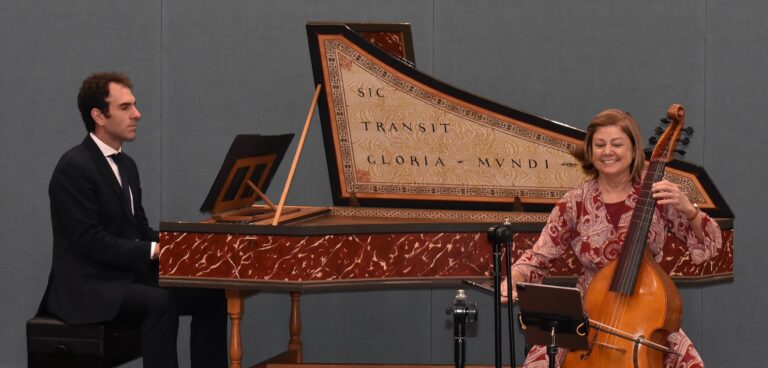
Health Alert: Early Hay Fever and Meningococcal Disease Season Prompts Warnings From Doctors

The early arrival of hay fever has triggered health alerts from doctors, urging Australians to keep an eye out for allergy symptoms this spring.
Hay fever (also known as allergic rhinitis) is an allergic response from an individual’s immune system that causes sneezing, runny nose and watery, itchy eyes.
Approximately one in 5 Australians are affected by this condition, with common allergens including pollen, dust mites, moulds, animal dander, and other substances.
Bupa’s Clinical Director Dr. Tony MacDermott highlighted the need for caution, especially for individuals with asthma, who are often more susceptible to hay fever.
Dr. MacDermott noted that doctors anticipate a rise in hay fever cases, as the condition usually peaks during the spring and summer months.
“While for some people hay fever may just be itchy eyes and sneezing, letting it go untreated can lead to ear infections in children, sinus infection in adults and can also flare up asthma,” he said.
“During spring, grass pollen can be spread across large distances by weather events such as thunderstorms, which may exacerbate hay fever and worsen asthma. Asthma can lead to hospitalisation or even become deadly if it’s left untreated,” Dr MacDermott added.
Almost 6 in 10 parents unfamiliar with allergic rhinitis term
Recent research by Zyrtec has also revealed a concerning lack of awareness of allergic rhinitis among Australian parents.
A national survey of 1,000 Australian parents found that nearly 6 in 10 (57%) were unfamiliar with the term. This confusion over symptoms and potential misdiagnoses could significantly affect their children’s quality of life while also leading to increased costs for families.
Symptoms like sneezing, watery eyes, and congestion are often mistaken for the common cold.
On average, parents reported taking their children out of daycare for four days in the past year, believing the symptoms were due to allergic rhinitis. As a result, parents who thought their child was experiencing hay fever or allergic rhinitis have incurred an average out-of-pocket expense of $335 over the last 12 months.
Invasive Meningococcal Disease (IMD) Infections Expected Early Spring
Meanwhile, cases of Invasive Meningococcal Disease (IMD) are also anticipated to peak through winter and into September.
A recent 2023 GSK survey of 300 Australian parents found a concerning lack of understanding about meningococcal disease. Only 36% of respondents recognised that symptoms could resemble the flu, and 81% were unaware that there are multiple strains of the bacteria. Globally, there are six strains (A, B, C, W, X, and Y), but in Australia, the most common are B, W, and Y.
Meningococcal disease is a rare yet potentially devastating bacterial infection that can develop suddenly and escalate quickly. While many individuals survive, up to 1 in 5 survivors may experience long-term disabilities, including brain damage, deafness, and limb loss. Cases typically peak in winter and early spring, but the disease can occur year-round.
Meningitis Centre Australia CEO Ms Karen Quick emphasised the need for greater education among Australians about meningococcal disease to help reduce infection risks within their families.
“While it can occur at any time of the year, we are now in peak meningococcal disease season. This means children who are two and under, as well as adolescents, face an increased risk of infection.
“We do rely on doctors to provide health-related information, but parents also have a responsibility to be proactive,” Quick said.










Leave a Reply